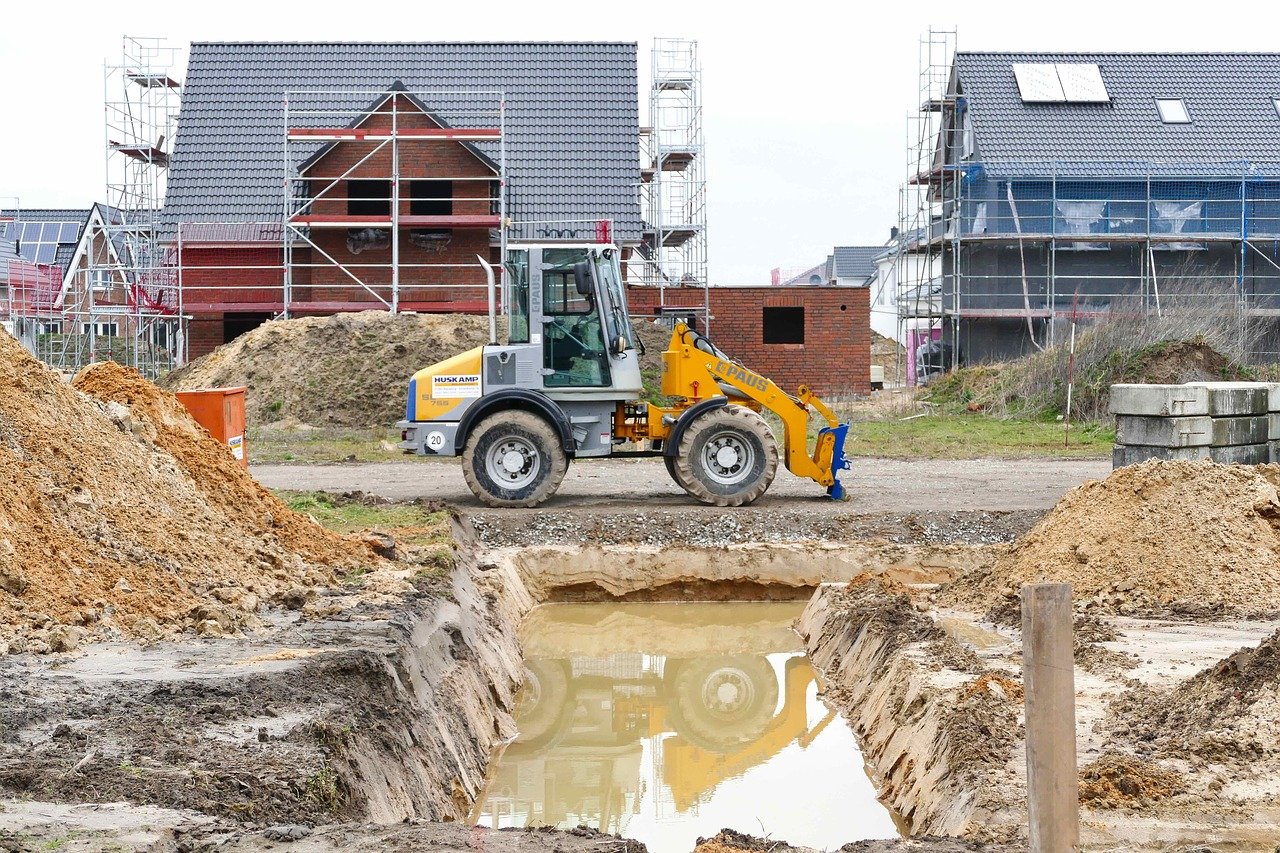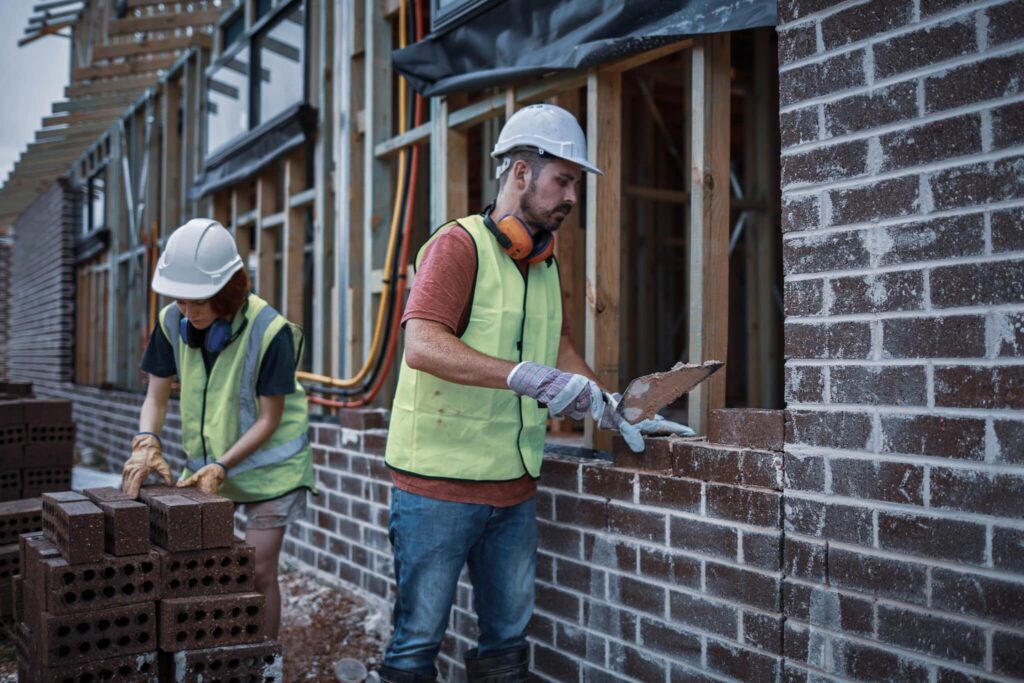The construction industry is notorious for creating waste—it was responsible for 62% of total waste in the UK in 2018.
One of the most significant sources of waste in residential projects comes from rework or correcting mistakes that could have easily been avoided.
But how can you minimise waste and avoid rework in residential construction?
The problem: Waste in residential construction
Waste is a broad term in the construction industry, encompassing wasted materials, time, and labour—all of which are prevalent in residential construction.
Free eBook: Quick guide to Lean practices for construction professionals
There are five types of waste that impact almost every residential project:
- Transportation waste happens when you move materials or equipment around sites unnecessarily.
- Inventory waste occurs when you store excess materials on site.
- Motion waste refers to when workers have to take extra time to perform their duties.
- Waiting waste is a result of late deliveries or tasks that are behind schedule.
- Administrative waste takes place when there’s a lack of communication and coordination.
The solution: Lean construction for residential projects
Lean construction principles emphasize the importance of optimizing workflows to minimize waste, reduce rework, and increase the value you bring to each project.
Applying lean construction for residential projects can help you avoid the five types of waste listed above by:
- Keeping your entire organization on the same page reduces unnecessary movements.
- Optimizing your inventory to avoid keeping too many materials (or too much labour) on site.
- Coordinating tasks between workers and keeping worksites organized.
- Watching your project status in real-time instead of waiting for progress updates.
- Using a single source of truth for all of your communication.
Further reading: Site implementation and assessment of lean construction techniques

Keys to implementing lean construction for residential projects
Successfully applying lean construction techniques to your residential projects is all about improving your communication, collaboration, planning, and scheduling to optimize your workflows in a way that reduces waste and increases the value you provide to your clients.
Understanding the benefits of lean construction for residential projects is easy—getting them is slightly more challenging. Keep these four key points in mind when implementing lean construction practices in your next project:
1. People management
Applying lean construction techniques to residential projects starts with the people involved.
First, you need your high-level managers to actively support and participate in implementing lean processes. They need to allocate the necessary resources, lead the onboarding procedures, and hold workers of all levels accountable for following lean practices.
Next, you need to appoint leaders in your middle management who will be responsible for upholding the application of lean techniques. They will support implementation at an operational level to keep things running smoothly.
Finally, you need to empower your workers. Train them in the lean processes you plan to implement and ensure that everyone understands their role, and responsibilities, and how applying lean practices will benefit them, too.
2. Strategic planning
The second step to successfully implementing lean construction for residential projects is planning and moving forward with the right mindset.
It starts with identifying your company’s motivation to implement lean processes—why do you need to make changes? What goals do you want to achieve by implementing lean construction practices for your residential projects?
No matter your answer (reduce waste, eliminate rework, provide more value, etc.), you should be able to clearly convey it throughout all levels of the company. Creating a strategic plan and roadmap for implementing lean techniques will mark the way forward for your business.
Your company and stakeholders should also understand that implementing lean construction techniques is a long journey, and your efforts might not be successful the first time. Making and learning from mistakes throughout the process is key to your future as a lean company.

More to read: 7 key benefits of Lean construction for wind farms
3. Process improvement
Next, you want to focus on implementing lean practices little by little, improving each process as you go.
A great strategy to begin applying lean construction for residential projects is to pick one lean principle and apply it to one portion of a project. Your first goal shouldn’t be to see immediate benefits—it should be to learn about how implementing lean techniques affects your workers, jobsite, and outcomes.
At this step, it’s also a good time to slowly implement the tools and methodologies synonymous with lean construction, putting their principles into practice. For example, you could experiment with using the Last Planner® System for your scheduling and planning instead of the more commonly used (and less lean-friendly) critical path method.
4. Software integration
The final key to successfully implementing lean construction for residential projects is using the right software.
Remember those five types of waste that negatively affect residential construction projects? Here’s how construction management software can help:
- Improve your communication to keep everyone on the same page.
- Stay on schedule to know what you need and when you need it.
- Prevent mistakes and delays to complete each task on time.
- See your site in real-time to track progress at every stage.
- Reduce your administrative burden to ensure everyone stays connected.
Learn more about implementing lean construction for residential projects with our free ebook and book a personalised demo of LetsBuild to gain full control of your workflow.




